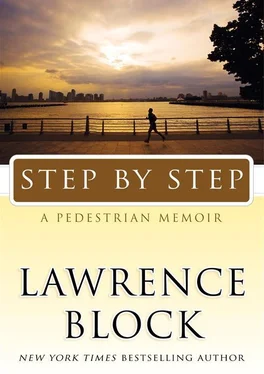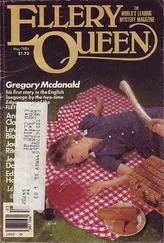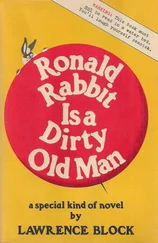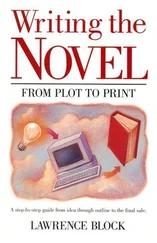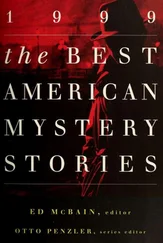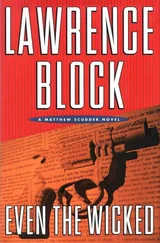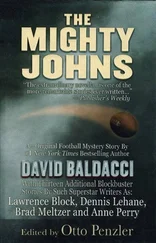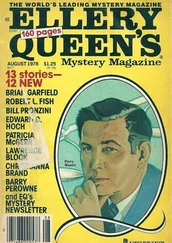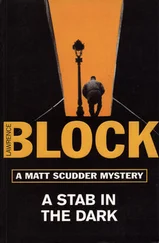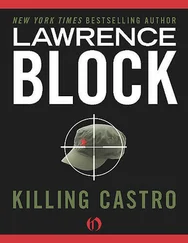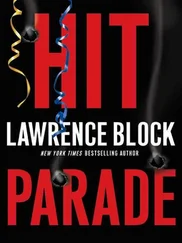The route they’d dreamed up for us was a 21K loop. If you’d signed on for the 21K event, you walked the circuit once and called it a day. For the marathon, you went around twice.
During my first walk around the course, the thought came to me that perhaps once around would be enough. I wasn’t making great time, what with having to consult the sheet of directions every couple of blocks, and dig the yellow card out of my waistpack every few miles to get it marked at a checkpoint. In addition to the directions, which were quite explicit, there were small signs posted every now and then on trees and lampposts, orange cardboard rectangles, with arrows on them to indicate the direction one was supposed to go.
Something tugged at my memory, and it took a few miles before I hauled it in. ¡Flechas! ¡Flechas naranjas! It was the Camino to Santiago all over again, and, sure enough, there was a point where I managed to get lost and start walking around in circles. ¡Ay, perdido!
It was around the time I got lost, which must have been just past the loop’s halfway point, that I began to entertain the idea of stopping after 21K. An inner voice counseled me not to be stupid. What kind of a wuss, it wanted to know, would fly all the way across the country to walk a half-marathon?
Probably someone only half as stupid as the fellow doing the whole marathon. But I knew I wasn’t going to stop. Not unless my legs failed me, not unless I got bad blisters, not unless something came along to take me out of the race. Or the hike. Or the Volksmarch . Whatever.
Nothing did. It took me three and a half hours to make it back to the hotel, but by then I’d begun to enjoy the silliness of the event — the map checking, the whole treasure hunt aspect of the thing. I got my passport stamped — that’s what people called the yellow card — and I set out again, and this time the route was familiar. I didn’t get lost this time, although I came close once or twice, and I relaxed into the walk and enjoyed the fresh air and the scenery. I was wearing my glasses — I had to, if I was going to make out street signs — and consequently I got a better look at the landscape than I normally do in a race or training walk.
No aches and pains, no blisters, no physical aggravation to speak of in the full 26.2 miles. I finished strong, and my unrecorded time was ten or fifteen minutes under seven hours. You couldn’t compare it to the time in a real race, you couldn’t really compare it to anything, but I was fine with it. I’d walked two marathons a week apart, and nothing hurt, and I wasn’t even particularly sore that night or the next day.
Sunday morning I hit the gym and walked a very leisurely half-hour on the treadmill. I’d gone to a meeting the day after the Salt Lake City race, and I found one in Vancouver, and when I got back to the hotel it was nine o’clock and I had time for a final walk. I had a choice, six or eleven kilometers, and I chose six and did the right sort of zigging and zagging for a change. I figured an easy walk of about that distance would ease any residual soreness out of my legs, and it turned out I was right.
Why did it go so well?
I’m damned if I know. I walked up to the starting line in Salt Lake City wondering if I’d prepared adequately. I’d trained every day for ten weeks, but every step of that training was in the gym on the treadmill, and there’d been no weekly long walk to prepare me for 26.2 miles. I’d gone two hours once and an hour and a half another time, and aside from that every day’s session had been an hour or less. I hadn’t kept track of my training — not doing so had been one of my new disciplines — but I’m pretty sure I didn’t rack up much more than twenty miles a week.
Well, that was evidently enough.
The shoes? I wore the same tired Sauconys I’d been wearing since they carried me around Lake Nokomis back in June. No, I don’t think it was the shoes that made the difference.
Attitude? I wasn’t trying to set a new personal record. At Salt Lake City and again in Vancouver, it occurred to me from time to time that I’d walked New Orleans the first time in five hours and seventeen minutes. It now seemed to me like an accomplishment I’d achieved in a prior incarnation. Yes, I’d done it, but the year was 1798, and I was a Wexford rebel serving with Kelly, the Boy from Killane, so things were different then.
Was it easier with the pressure off? Well, maybe, but I was still trying to get to the finish line as quickly as I could, and I was able to manage negative laps, doing the second half of each race in less time than the first.
The hell with it. For one reason or another, my body and spirit seemed to like the way I’d prepared for these races — walking every day, never for less than a half-hour, rarely for more than an hour. That’s what I’d done, and it had served me well, so that’s what I decided I’d keep doing.
This book set out to be an examination of a year of walking, and one thing led to another. It’s taken longer and run longer than I’d anticipated, and, like a race on an ill-marked course, it has occasionally wandered far afield. I never thought my childhood would find its way into this book, or my teen years.
Sitting in that hotel room in Anchorage, I’d known how the book would end — with that twenty-four-hour race in Grapevine, Texas. Triumphantly, I hoped, with another record-breaking performance; if that wasn’t in the cards, I figured I’d settle for bittersweet.
Go know. It ends instead in midstride.
And that, it seems to me, is as it should be. Because it’s the walking that’s important, not the time, not the distance. Not the medals, not the trophies, not the T-shirts.
You must go on. I can’t go on. I’ll go on.
Right.
And with thanks to Rocky and the pooch.
